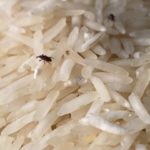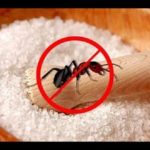The three-striped beetle is a serious concern that has attracted a lot of attention due to its dangerous nature and the severe consequences it can cause. It is especially difficult for households with young children to detect and treat infestations in time.
Three-striped beetles do not actively attack humans, so if you are careful and know how to drive them away from your home or prevent them from flying inside, you can rest assured and continue your daily activities. Let’s go through some simple yet effective methods to get rid of these beetles below.
1 What is a three-striped beetle?
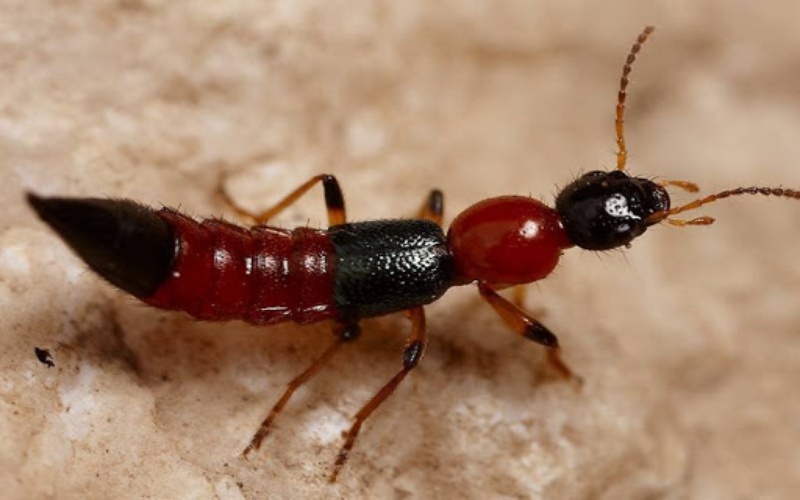 What is a three-striped beetle?
What is a three-striped beetle?
The three-striped beetle, with the scientific name Paederus fuscipes, is also known as the striped beetle, bent-winged beetle, or rice beetle. It is an insect with black and orange-yellow alternating colors, a slender body about 1-1.2cm long and 2-3mm wide. They have three pairs of legs and two pairs of wings, with one pair of thin, transparent wings folded inwards and another pair of short, hard wings. They fly and run very fast.
Three-striped beetles are attracted to light and are often found near night lights. They tend to fly into soft bedding, beds, and clothing…
Although three-striped beetles do not attack humans, when they are disturbed, crushed, or killed, they release a toxic substance that can cause burns and skin inflammation.
Three-striped beetle nest
The three-striped beetle is a winged beetle (Nairobi fly) commonly found in humid climates. They usually build their nests in rice fields, decaying grass, gardens, garbage dumps, and construction sites…
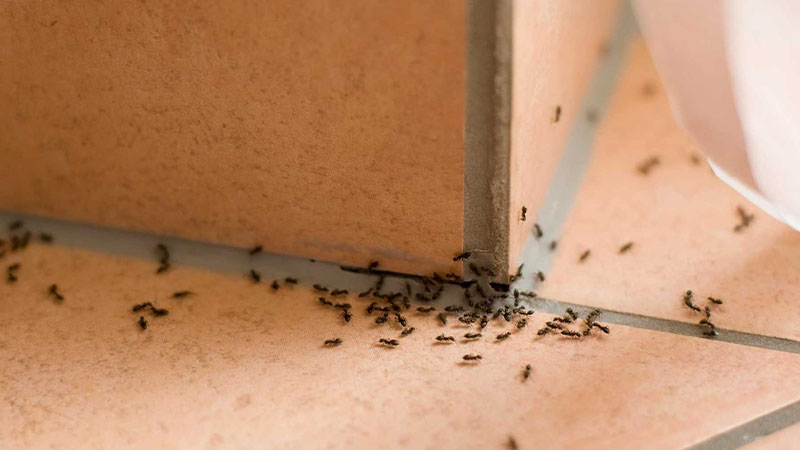 Three-striped beetle nest
Three-striped beetle nest
Three-striped beetle eggs
Female three-striped beetles typically lay their eggs separately in cracks on the ground. Each female can lay between 18 and 100 eggs, starting from late April or mid-May to July.
After 3 to 19 days, the eggs hatch into larvae, which go through two stages: the first stage from the first four days to day 22, and the second stage from day 7 to day 36. The pupal stage lasts from 3 to 12 days. The total life cycle takes about 22 to 50 days, with an average of 32.5 days.
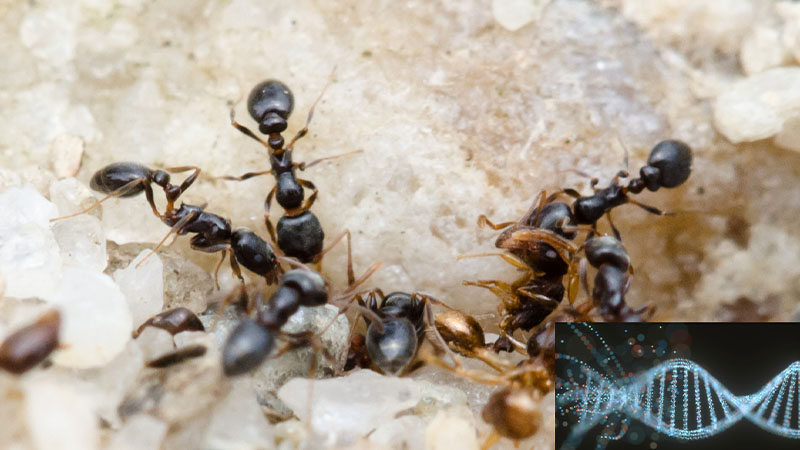 Three-striped beetle eggs
Three-striped beetle eggs
2 Harmful effects of three-striped beetles on humans
According to the Preventive Medicine Department, the three-striped beetle contains a toxin called Pederin, which is 12-15 times more toxic than cobra venom but does not cause death due to the small amount that comes into contact with humans and the fact that it only affects the skin.
The amount of toxin transmitted to humans through a bite is very small and can only cause blisters, itching, and rashes. If the affected area is scratched, the blisters will break, leading to skin lesions and inflammation.
Additionally, Pederin spreads quickly when the beetle is crushed on the skin, causing the affected area to expand. Moreover, this toxin adheres to the skin, increasing the severity of the injury.
If left untreated, the condition can last for a week, but if it persists without treatment, it can cause skin damage and leave red scars for several months. If the toxin gets into the eyes, it can cause conjunctivitis and soft tissue swelling around the eyes, and in some cases, temporary blindness.
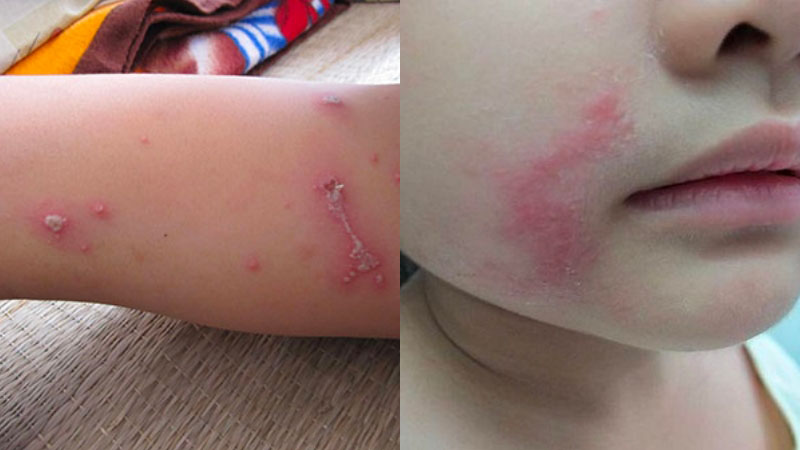 Harmful effects of three-striped beetles on humans
Harmful effects of three-striped beetles on humans
3 Reasons for the appearance of three-striped beetles in the house
Changes in weather
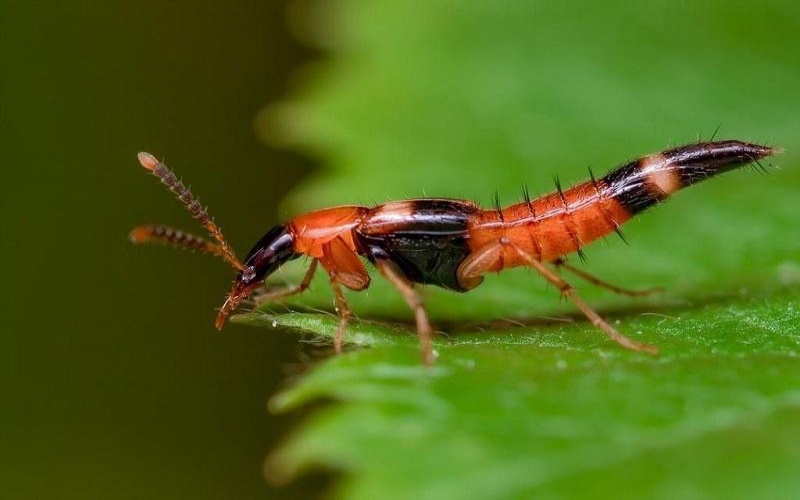 Reasons for the appearance of three-striped beetles in the house
Reasons for the appearance of three-striped beetles in the house
During the rainy season, when humidity increases, three-striped beetles are more likely to enter houses. This is the ideal time for many insects to breed and feed. Pay attention to rainy and windy days, as three-striped beetles can fly into various places, including the kitchen, main doors, and windows…
Living space and hygiene conditions of the house
 Living space and hygiene conditions of the house
Living space and hygiene conditions of the house
Three-striped beetles tend to seek shelter and food in places with leftover food and clutter, such as the kitchen. Due to their habit of inhabiting dirty and smelly areas, they will be drawn to your home if you do not maintain good hygiene and tidiness.
4 Effective methods to eliminate three-striped beetles
Spray insecticides
Using insecticides can help repel three-striped beetles as the smell of the chemicals keeps them away. Spray the insecticides under beds, inside cabinets, and in other potential hiding places. Be sure to choose reputable brands to avoid affecting your health.
 Spraying insecticides to get rid of three-striped beetles
Spraying insecticides to get rid of three-striped beetles
Reduce the use of lights to avoid attracting three-striped beetles
Three-striped beetles are attracted to fluorescent lights, so draw the curtains to block the light from escaping outside and prevent them from being drawn to your home. You can also turn on the lights on the balcony or in the yard to lure them away from the house.
At night, when the lights are on, keep all doors and windows closed to prevent beetles from flying inside. If you have to work late, the light from your laptop and phone will still attract them. Therefore, work and sleep under a mosquito net, and use warm-toned lights to reduce the attraction.
 Keep the curtains closed to avoid attracting three-striped beetles
Keep the curtains closed to avoid attracting three-striped beetles
Plant lemongrass or use lemongrass essential oil
Three-striped beetles detest the smell of lemongrass, so place a few small pots near windows, in corners, or next to cabinets to keep them away.
 Planting lemongrass can effectively repel three-striped beetles
Planting lemongrass can effectively repel three-striped beetles
You can also dilute lemongrass essential oil with water and spray it on clothing, bedding, or use it to mop the floor to make your home less appealing to these beetles due to the lemony scent.
Reference:
Use light traps to lure beetles out of the house
Given their attraction to light, you can set up light traps outside your home to draw them away.
This method is simple: Turn on the lights in the hallway and place a transparent water basin underneath. The beetles will be attracted to the light reflected on the water and crawl towards it, falling into the basin.

Additionally, a customer named V.H.Hien shared that planting tomato plants in front of the house can also help prevent the intrusion of three-striped beetles: “The neighboring house was infested with three-striped beetles, but our house, where we planted tomatoes, was not affected”. This is another useful tip you can apply!
Plants that repel three-striped beetles
Instead of using chemicals, you can plant certain plants around your house to drive away three-striped beetles, such as geraniums, basil, lavender, lemon thyme, mint, and some onion species…
 Plants that repel three-striped beetles
Plants that repel three-striped beetles
Maintain environmental hygiene and clear away overgrown vegetation
Keeping your home clean and tidy is essential for maintaining a healthy lifestyle and preventing three-striped beetles from nesting. It also helps protect the aesthetics and space of your home.
Use insect screens
Insect screens are considered an effective long-term solution to prevent the intrusion of three-striped beetles and other insects, offering absolute safety.
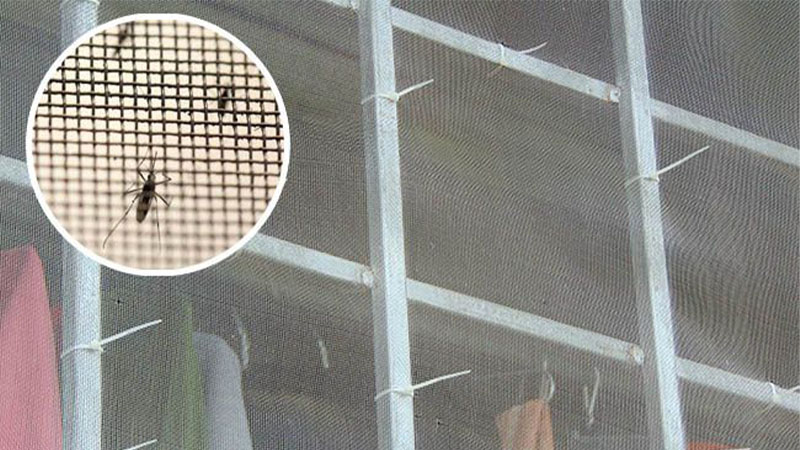 Using insect screens to prevent three-striped beetles from entering
Using insect screens to prevent three-striped beetles from entering
Tips for eliminating three-striped beetles in apartments
The toxin released by three-striped beetles is highly potent, and if it gets into the eyes, it can cause conjunctivitis and soft tissue swelling around the eyes, and in severe cases, temporary blindness. Therefore, here are some tips for eradicating them in apartments:
-
Spray insecticides to eliminate their nests thoroughly
-
Use a mosquito swatter to kill them
-
Use insect-killing lights to eradicate them completely
Some preventive measures against three-striped beetles
– Sleep under a mosquito net and wear long-sleeved clothing when sleeping.
– Shake out clothing and bedding before use.
– Maintain regular cleaning of the house and bedding.
5 Frequently Asked Questions about Three-Striped Beetles
When do three-striped beetles appear?
 When do three-striped beetles appear?
When do three-striped beetles appear?
The rainy season, when humidity is high, provides favorable conditions for the breeding and proliferation of various insects, including three-striped beetles.
Is the bite of a three-striped beetle contagious?
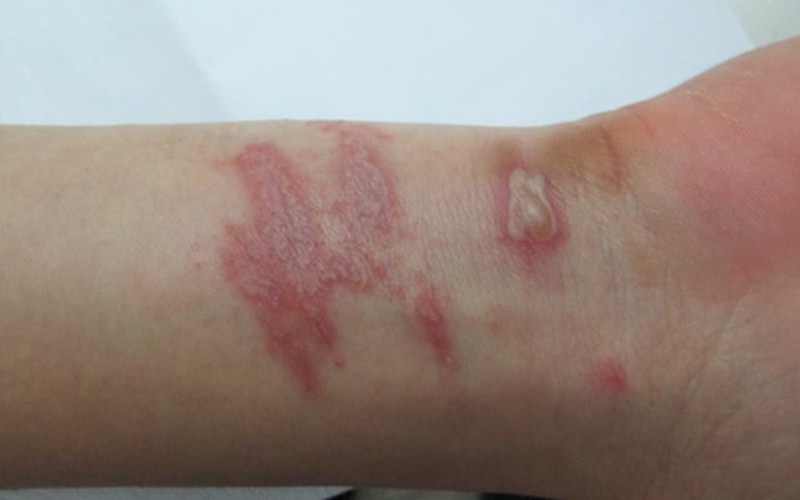 Is the bite of a three-striped beetle contagious?
Is the bite of a three-striped beetle contagious?
When bitten by a three-striped beetle, the skin will develop blisters and lesions that gradually spread. However, these injuries are caused by the body’s serum and cannot be transmitted to others.
Although the bite itself is not contagious, it can cause the lesions to spread rapidly. Therefore, if bitten by a three-striped beetle, refrain from scratching the affected area to prevent further injury and potential scarring. Additionally, ensure your hands are clean before touching the wound to avoid introducing bacteria and dirt, which can lead to skin infections.
Can I shower after being bitten by a three-striped beetle?
Many people worry about whether they can shower after being bitten by a three-striped beetle, fearing that the wound might get infected. However, you can still shower and bathe as usual. Just make sure to clean the wound with saline solution to prevent the toxin from spreading to other parts of the body.

























